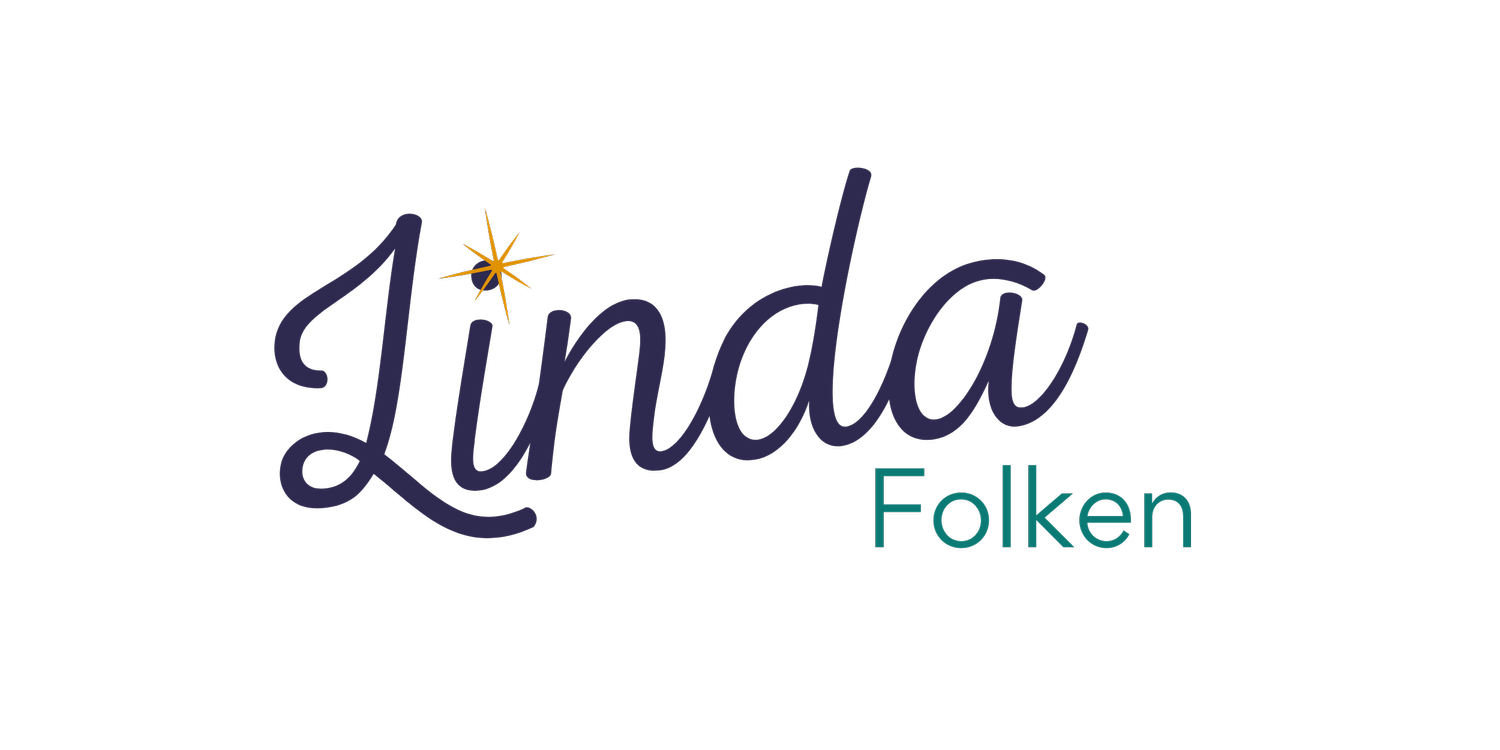Goodbye New Year Resolutions, Hello Easy Habits
Most often New Year resolutions are set with the best intentions. It’s a chance to choose what you want to work towards, like an intention or a goal. The top 3 of the most common New Year’s resolutions are exercise more, lose weight, and get organized.
As you may have experienced with this year’s New Year resolution, having the desire to change your behavior is not enough to make it happen. Our behaviors are deeply engrained in our routines and often happen without us being consciously aware. Our mind and body have learned to respond automatically to certain triggers and habits that can be challenging to unlearn or replace.
We are all creatures of habit. Every morning is filled with habits, from brushing our teeth to making coffee and getting ready for the day ahead. Some of these habits have been routinely kept for years. So, if we are looking to add new healthier habits into our daily routine, what would be the easiest way to make the change? BJ Fogg of Stanford University developed a model called the Tiny Habits method. It’s creating new habits that stick which then can lead to goals and resolutions that are met.
The key 4 steps to changing a behavior through tiny habits:
Step 1. Start with a 5-minute block - keep it simple and easy. The simpler it is the less motivation you need to make it happen. Here is example on how I increased my water intake to help me lose weight. I took 2 minutes after I brush my teeth at night to grab a glass from the kitchen, full it up with water and then place it on my nightstand. Then upon waking in the morning I drink the glass of water. That start my goal of 64oz of water a day off to a great start. I went from drinking 48oz to 56oz of water a day just by making that one change.
Step 2. Focus on small wins – if you feel a positive emotion while you’re doing a new behavior or immediately after, the behavior will become more automatic. I like to use the V-stance for “victory” when I add a new habit like drinking 8oz of water first thing right after I get out of bed.
Step 3. Pick a time and location – Every new habit should be anchored to a trigger related to a location, time of the day, or a combination of both. By picking a time or location, it acts as a prompt to add in the specific new habit. For example, drinking the water in the bedroom first thing in the morning.
Step 4. Anchor your habit to a trigger – An anchoring moment reminds you to do the new habit. Getting back to the glass of water example, drinking the water just after my feet touch the floor in the morning. The anchor being the feet touching the floor when getting out of bed in the morning.
Repetition is the cornerstone when first building a new habit. Some researchers say it takes 21 days to form a new habit. So, it’s crucial that you stick to a routine at least for the first few weeks, and then when you complete the routine often enough, it will become part of your day like brushing your teeth.
So, this year “can be your year” to change your New Year resolution into more than a desire. Create new habits that stick by following the 4 step Tiny Habits method. Turn your resolutions into more than dreams. Make them part of your new reality.
